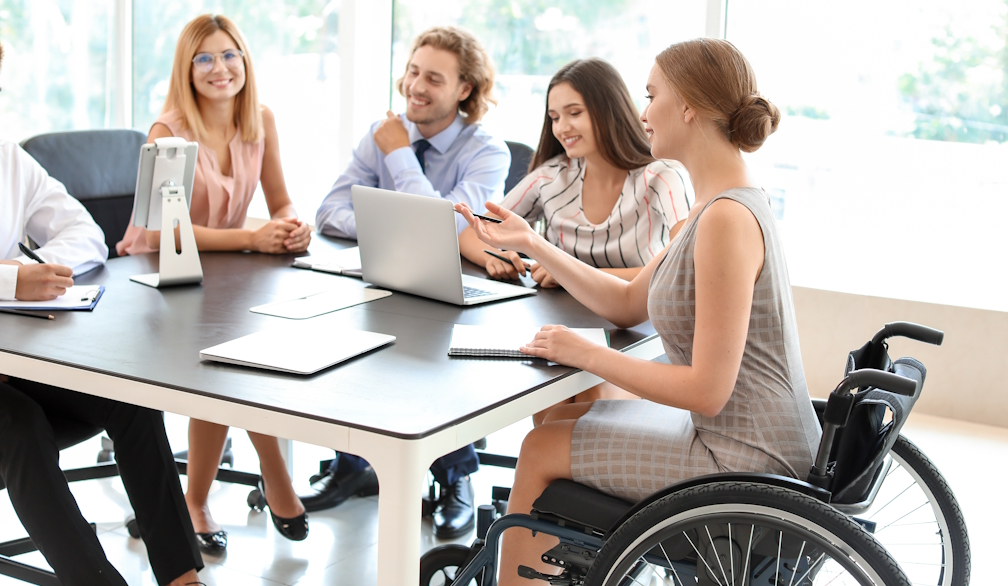With vaccine thresholds come the danger of repeating past mistakes
- Written by Richard Holden, Professor of Economics, UNSW
In 2020 when people talked about “living with COVID” it was code for letting the virus rip. It was really a plan for many to “die with COVID”.
Thankfully our political leaders listened to experts.
In general, Australia managed the pandemic’s public health and economic challenges better than most countries. The glaring exceptions were, of course, our vaccination strategy and our quarantine arrangements.
With vaccines we didn’t buy a properly diversified portfolio of vaccines, didn’t act with a sense of urgency — “It’s not a race[1],” said the Prime Minister and other ministers — and didn’t have an effective plan for getting jabs into arms quickly.
With quarantine arrangements we failed to build fit-for-purpose facilities akin to the one in Howard Springs outside Darwin. Instead we relied on poorly ventilated hotels in the heart of our biggest and most densely populated cities.
Now, with the roll-out of high-efficacy vaccines against COVID-19, we are beginning to have a national discussion genuinely about how to live with COVID.
It is vital that during that discussion we don’t repeat the mistakes of 2020.
Those mistakes all sprang from false economies.
The federal government thought we could save a few bucks by gambling on vaccine purchases. It favoured vaccines that could be made locally more as a back-door industry policy rather than strategic supply-chain management. It thought using hotels as quarantine facilities could help financially support the hospitality sector.
Pinching pennies cost us. Big time.
It is imperative we don’t fall into the trap of false economies again by opening up too soon, before what is needed to stay open is in place.
Vaccination milestones
The national plan[2] about when Australia will “reopen” is pegged to vaccination milestones.
We’re still in the first of the four-phase plan. We will move to Phase B (the “vaccine transition phase”) when 70% of eligible Australians over the age of 16 are vaccinated. At 80% we move to Phase C (the “vaccination consolidation phase”).
At this 80% threshold the plan is for only “highly targeted lockdowns”, the end of passenger caps for vaccinated Australians returning home, and restarting outbound travel for vaccinated Australians.
There are important epidemiological debates about whether 70% and 80% are the right thresholds. I’m just an economist, so I’m not going to get into that here.
But if we accept, for the sake of argument, that 80% is the practically relevant threshold for moving to Phase C of the national plan, then we should at least insist on getting the arithmetic right.
On this, there are two key questions.
80% of what?
The first is about the vaccination rate. Moving to Phase C calls for 80% of the “eligible” population to be fully vaccinated.
But that’s not 80% of Australia’s population[3] of 25.8 million.
Rather, it’s 80% of the population aged 16 and over[4] — about 16.6 million people, or 64% of the population.
If the national plan is changed to make it 80% of the population aged 12 and over, that would be about 17.6 million people, or 68% of the population. To paraphrase the United States politician Everett Dirksen[5], a million here, a million there, and pretty soon you’re talking about real numbers.
There are two points here.
First, the much-touted 80% threshold is really only 64% of the whole population. Yet herd-immunity levels — where outbreaks die out — are typically expressed as a proportion of the entire population. Given the basic reproduction rate of the Delta variant and current vaccine effectiveness, the actual herd immunity vaccination threshold[6] could easily be north of 85%.
Read more: How will Delta evolve? Here's what the theory tells us[7]
Second, the longer that lockdowns continue, the stronger the temptation for politicians to shift to targets that are easier to achieve. Though this might be politically convenient, it would be disastrous.
Read more: Should we give up on COVID-zero? Until most of us are vaccinated, we can't live with the virus[8]
80% plus how long?
The second question is how long after hitting the 80% threshold do we begin moving from Phase C to Phase D.
Clinical trial data[9] for the Pfizer vaccine suggests the best immune response occurs about two weeks after the second dose. The federal Department of Health emphasises[10] that:
Individuals may not be fully protected until 7-14 days after their second dose of the Pfizer (Comirnaty) or AstraZeneca (Vaxzevria) vaccine.
Read more: How long do COVID vaccines take to start working?[11]
So if the government is going to stick to the spirit of the national plan, we really should be waiting until two weeks after 80% of the 12+ population has been vaccinated.
Again, there will be a big political temptation to reopen the day of the “threshold” second jab, rather than when it really becomes effective.
Don’t fall at the final hurdle
Australians have put up with a lot since early 2020. A devastating virus, lockdowns, uncertainty, isolation from loved ones, economic pain, and differing degrees of government competence.
It is essential we finish this race properly. We must not let our political leaders reopen too early by redefining the targets they have signed up for. It would be the ultimate false economy.
References
- ^ It’s not a race (theconversation.com)
- ^ national plan (www.pm.gov.au)
- ^ Australia’s population (www.abs.gov.au)
- ^ aged 16 and over (www.doherty.edu.au)
- ^ Everett Dirksen (www.senate.gov)
- ^ herd immunity vaccination threshold (www.medrxiv.org)
- ^ How will Delta evolve? Here's what the theory tells us (theconversation.com)
- ^ Should we give up on COVID-zero? Until most of us are vaccinated, we can't live with the virus (theconversation.com)
- ^ Clinical trial data (www.nejm.org)
- ^ Department of Health emphasises (www.health.gov.au)
- ^ How long do COVID vaccines take to start working? (theconversation.com)
Authors: Richard Holden, Professor of Economics, UNSW











